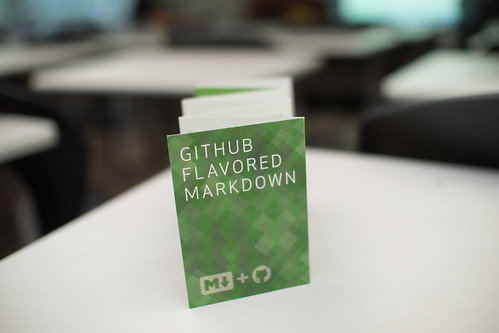I know all the rage is around VMs and Docker these days, but there are still some of us that have to manage imaging real physical workstations - in my case the ones we use in our mobile training labs (for our rocking Aussie Git Course, for example).
In the past we’ve used Acronis SnapDeploy, but since our current version (4) wasn’t working on Windows 10, and the upgrade options were bamboozling, I decided to do a bit of a scan to see what’s been happened in the space in the last little while.
The end result is that we’ve moved to an Open Source cloning and imaging app called CloneDeploy, and it’s all kind of awesome.

What’s to love? Here’s eight things!
Well, for one, it it’s browser based, and runs fantastic on IIS and Windows 10. I really don’t want to have to boot a VM to run an imaging solution, and this one works just great out of the gate on Windows 10. Someone has taken the time to make that a great experience. Thank you, someone!
Secondly, the install process was completely turnkey. Run the exe, then point your browser at http://localhost/clonedeploy. Done. All the config is browser-based, in a nice friendly, responsive GUI.
Thirdly, I can easily change the paths for image storage locations onto a bigger disk. This is a big deal for me. My OS boots off an SSD, but I have big storage drives in there that are slower, but perfect for storing images. That’s all supported. And nicely documented.
Fourthly, it does a great job of compressing images. My typical workstation images compress down to about 10Gb which is Windows plus a bunch of standard training apps (VS Code, SourceTree, the Browsers, Markdown tooling, Java, Node, etc, etc). That’s pretty tidy for a reimage.
Fifthly, it runs like lightening being served off my old PC. Imaging is really superfast (a few minutes), and ditto for deploys. It looks like it’s using Linux partclone magic under the covers, but whatever it’s doing it’s super fast.























